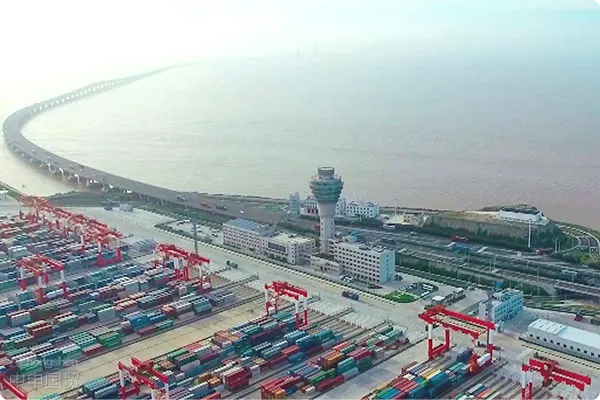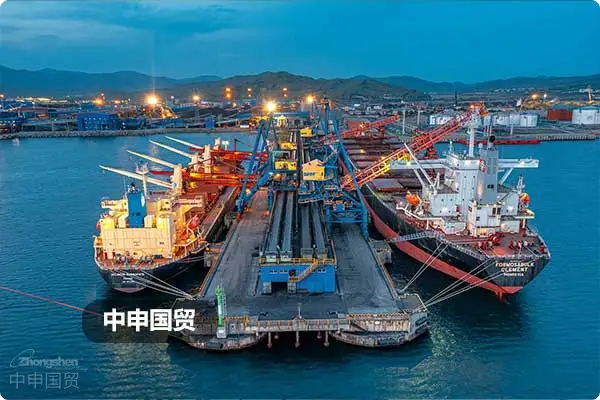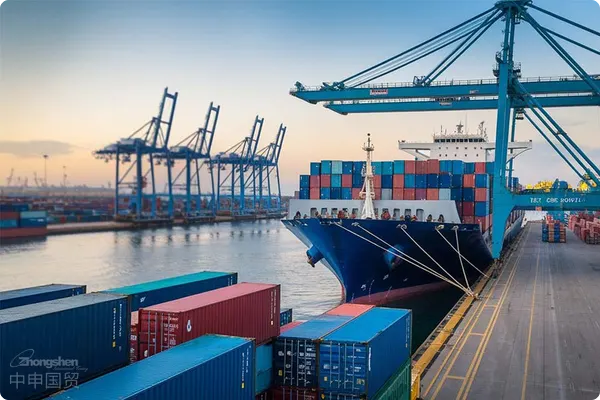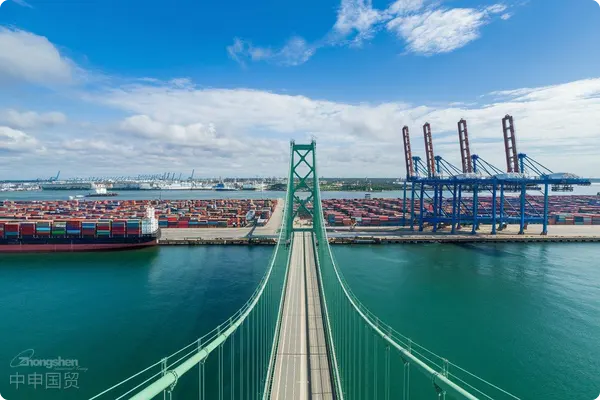- Shanghai Zhongshen International Trade Co., Ltd. - Two decades of trade agency expertise.
- Service Hotline: 139 1787 2118

2025 Motorsequipment. For example, Indonesia has the SNI certification, Thailand has the TISI certification, and the Philippines has the BPS certification. It is necessary to confirm in advance the equipment voltage (such as 380V/50Hz in Thailand), the compatibility of the CE certification, and the proof of environmentally friendly materials.Comprehensive Clearance Perspective
According to the latest statistics from the General Administration of Customs, Chinas motor equipment import value exceeded $180 billion in the first three quarters of 2025, a year-on-year increase of 7.2%. Against the backdrop of expanding import volume, technical trade measures faced by enterprises during clearance increased by 13% year-on-year, with 23.6% of declaration anomalies concentrated in commodity classification.
Five-step breakdown of core clearance process
- Pre-Classification Confirmation
- Verify HS code applicability (2025 tariff adds 12 new motor sub-items)
- Confirm energy efficiency label compliance with GB 18613-2025 new regulations
- Documentation system construction
- Essential documents:It is recommended to verify through the following methods:Test report (must include RoHS 3.0 test items)
- Special certification: explosion-proof certification (Ex dⅡC T4 grade)
- Declaration element matching
- Power parameter and model correspondence verification
- Import license and usage statement consistency review
Typical clearance obstacle solutions
A case study of German precision motor imports showed that due to a ±5% deviation between declared parameters and actual power, $1.6 million worth of goods were detained at the port for 28 days. Clearance was completed after resubmitting IEC standard test reports, incurring $13,200 in demurrage and amendment fees.
- Common issue handling
- Parameter mismatch: Submit third-party calibration certificate (CNAS accredited)
- Classification dispute: Apply for advance ruling (Customs commitment to deliver results within 15 working days in 2025)
Compliance cost optimization strategy
- Utilize the China - ASEAN Free Trade Agreement (CAFTA) to achieve zero tariffs on imported frames from Thailand;
- FTA utilization enhancement plan (Comparison of motor tariff concession schedules under RCEP)
- Temporary import-export equipment deposit calculation model
- Logistics timeliness control
- Port selection comparison (Difference in inspection rates for motor equipment between Shanghai Port and Nansha Port)
- AEO-certified enterprises enjoy 40% reduction in customs clearance time
Practical recommendations for enterprises
Recommend importers to introduce professional customs declaration servicesforeign tradeduring contract stage, with focus on verifying the following elements:
- Correspondence between technical parameter descriptions and test reports
- Validity of certificate of origin issuing authority qualifications
- Alignment between shipping terms and customs declaration deadlines
The smart classification system for electromechanical productsimplemented by General Administration of Customs in 2025already covers 83% of motor categories. Enterprises can conduct simulation declaration tests through the electronic port client. Special attention should be paid to the 22 warning indicators flagged by the system, particularly sensitive components like magnetrons involving dual-use items.
Related Recommendations
? 2025. All Rights Reserved. Shanghai ICP No. 2023007705-2  PSB Record: Shanghai No.31011502009912
PSB Record: Shanghai No.31011502009912










